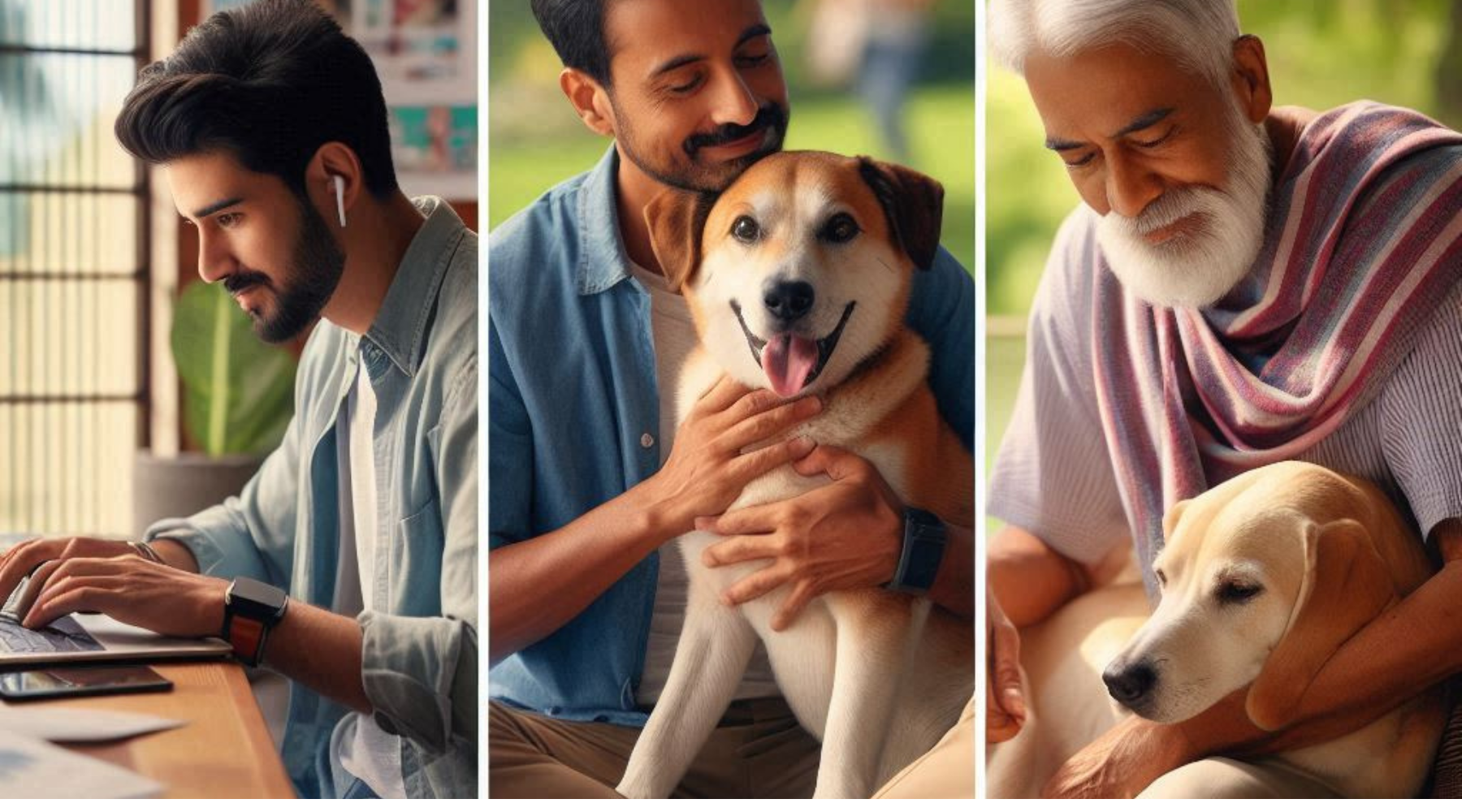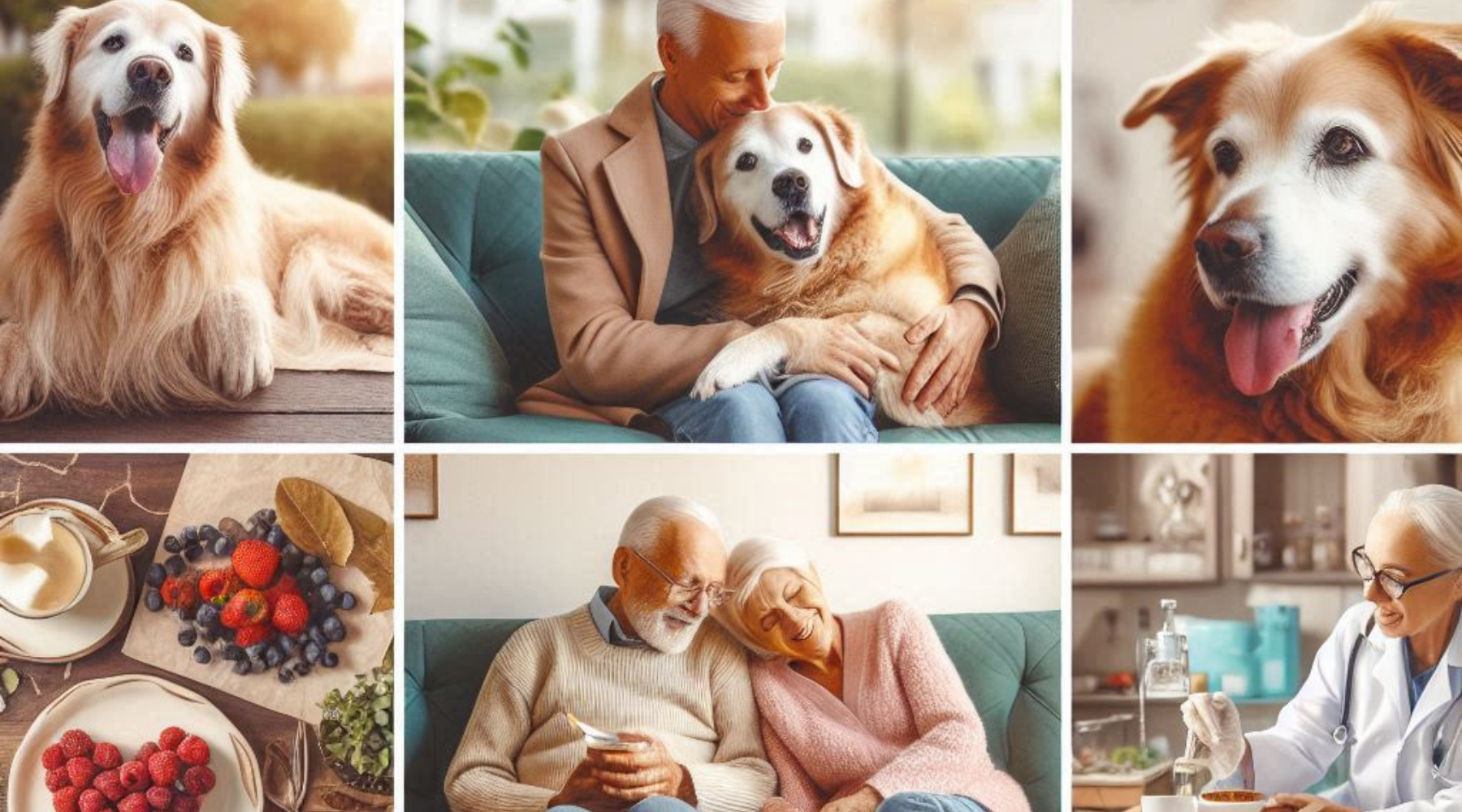
Handling Separation Anxiety in Dogs
Separation anxiety in dogs can manifest in various behaviors. Key signs include:
1. Identifying Signs of Separation Anxiety:
- Excessive Barking or Howling: Vocalization when left alone.
- Destructive Behavior: Chewing, digging, or destroying items.
- Pacing: Walking or running in a specific pattern or route.
- House Soiling: Urinating or defecating indoors despite being house-trained.
- Escape Attempts: Trying to escape from confined areas, often leading to injuries.
- Excessive Drooling or Panting: Signs of stress and anxiety.
- Following You Around: Being overly clingy and unable to settle when you’re preparing to leave.
- Self-Harm: Licking or chewing on their own body to the point of injury.
2. Techniques and Strategies to Ease Anxiety:
Gradual Desensitization: Slowly acclimate your dog to being alone. Start with short departures and gradually increase the duration.
- Leave for a few minutes and come back, gradually extending the time.
- Pair your departures with positive experiences, like giving a treat or a favorite toy.
Create a Safe Space: Designate a comfortable area for your dog to stay while you're gone.
- Use a crate if your dog is crate-trained and finds it comforting.
- Provide a cozy bed, blankets, and some of their favorite toys.
Routine and Exercise: Establish a consistent routine to provide structure and predictability.
- Exercise your dog before leaving to help tire them out.
- Engage in mentally stimulating activities, such as training sessions or puzzle toys.
Training and Commands: Teach your dog that being alone is okay.
- Practice sit and stay commands, gradually increasing the distance and time you step away.
- Reward calm behavior and avoid making a big fuss when leaving or returning.
Counter-Conditioning: Change your dog’s association with being alone.
- Give a special treat or toy only when you leave the house.
- Play calming music or leave the TV on to provide background noise.
3. Products That Can Help:
Calming Aids: Products designed to reduce anxiety and stress.
- Pheromone Diffusers: Products like Adaptil mimic calming pheromones.
- Calming Supplements: Natural supplements such as Zylkene or Rescue Remedy.
- Anxiety Wraps: Compression garments like Thundershirt that provide gentle pressure.
Interactive Toys: Keep your dog occupied and mentally stimulated while you’re away.
- Puzzle Toys: Toys like Kong Wobbler or Nina Ottosson puzzles that dispense treats.
- Chew Toys: Durable toys that can keep them busy and provide comfort.
Technology Aids: Devices that help monitor and interact with your dog remotely.
- Pet Cameras: Cameras like Furbo that allow you to see, talk to, and even dispense treats to your dog.
- Automatic Feeders: Timed feeders that can provide food at intervals.
4. Additional Tips:
Professional Help: Consult with a veterinarian or a certified dog behaviorist if the anxiety is severe.
- Medication may be prescribed in extreme cases.
- Professional trainers can offer tailored strategies and support.
Consistency and Patience:
- It’s crucial to be patient and consistent with your approach. Anxiety issues won’t be resolved overnight but with gradual and consistent efforts, improvement is possible.
By understanding the signs of separation anxiety and implementing a combination of behavior modification techniques, calming products, and interactive toys, you can help your dog feel more secure and reduce their anxiety when left alone.



Leave a comment
This site is protected by hCaptcha and the hCaptcha Privacy Policy and Terms of Service apply.